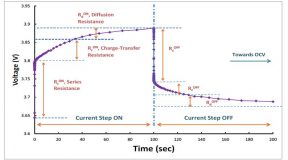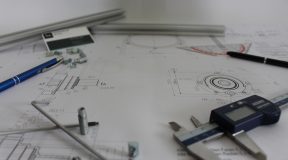Upal Sengupta, Staff Applications Engineer
Texas Instruments, Battery Management Solutions
We’ve all heard the familiar saying “there’s no free lunch.” It seems to apply to so many situations in life as well as in circuit design. But still, we all like the idea of getting something for nothing. The concept of “Energy Harvesting” has been getting some attention lately because of newly available technologies that allow us to take advantage of free energy sources like sunlight, ambient heat, or the vibration from traffic on a roadway. So do we finally get our free lunch? Well, almost, but not quite. (You may also be familiar with the adage “If it sounds too good to be true, it probably is.”)
Radio Frequency (RF) communication has of course been used for over a hundred years, and microprocessor technology has been common for many decades. In the last few years, low power RF technology, combined with ultra-low power microcontrollers, have enabled many new end-applications like wireless sensor and control systems. But the limiting factor has often been the power source. If a remote sensor needs a wired electrical power supply, then it can’t really be very remote, after all. And if you use a battery, that battery will eventually need to be recharged or replaced, a hindrance, at best, for something that’s truly “remote.” How can we build an intelligent remote device that can operate indefinitely once installed in a hard-to-reach location?
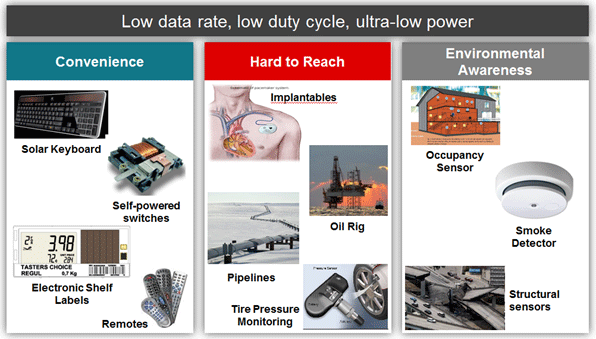
Energy harvesting can help provide part of the solution to this problem. But while the long-term source of fuel, sunlight, heat or vibration, may indeed be free, that source is inherently unreliable and highly variable. Unlike the AC mains (or a gas powered generator), the availability of the power source is not guaranteed. You might, in fact, say that your power source is “as changeable as the weather.” So, there is still some investment required on the part of the system designer.
There are two main steps to determining the rest of the solution. First, we need power conversion circuitry that can convert the low voltage signal from a transducer (such as solar panel or thermoelectric generator) into a stable, regulated output to operate the rest of the system (microcontroller, radio, indicators, etc.). Second, we need energy storage elements, batteries or large capacitors, that provide a stable source of energy to the system when the ambient environment is not cooperating. These storage elements must be chosen to provide enough capacity to keep the system operating through the time periods when the “free” energy source may not be providing any output. For critical applications, multiple storage elements might be needed for reliability. But we hope that the “dark times” don’t last forever, otherwise you will need a really, really large storage element.
The low-input-voltage power conversion aspect can be handled by a number of integrated boost converter devices. However since the ultimate source of the energy may have very weak / limited output power capability, the converter also needs to operate with extremely low quiescent current and high conversion efficiency. Even one wasted milliamp can render an energy harvesting source useless. Furthermore, to minimize design complexity from the system designer’s point of view, we would like the boost converter to keep the storage element charged up automatically, as well as provide a regulated output voltage at the appropriate level to operate the rest of the system. The bq25570 device satisfies these requirements; while the bq25505 allows for a second (backup) storage element if needed. The TPS627xx devices are also suitable for external ultra-low power DC-DC regulation if additional output rails are required.
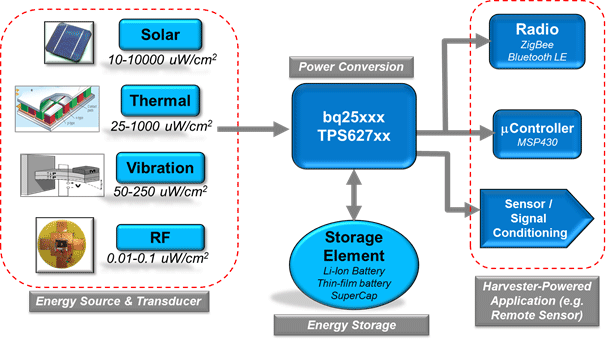
Getting back to the free lunch concept, we can see that some initial cost is required for the added circuitry and storage elements needed to take advantage of the free energy that might be available from the environment. But once this initial investment is made, assuming the transducer and storage elements are sized properly, it is actually possible to implement a remote sensor / controller device that can operate for long periods of time (theoretically forever) with no maintenance (removal / replacement of batteries or refueling). Give someone a fish, and they eat for a day. Show someone how to fish, and they can run their remote sensor node for a long, long time without swapping batteries.
References:
- Wikipedia Article: http://en.wikipedia.org/wiki/Energy_harvesting
- bq25570 product page http://www.ti.com/product/bq25570
- Energy harvesting calculation tools http://www.ti.com/litv/zip/sluc484
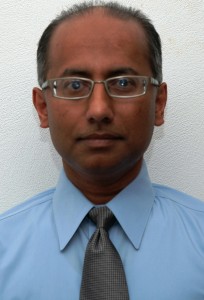 Upal Sengupta is a staff applications engineer with the TI Battery Management Solutions group. Since joining TI in 2003, Upal has worked as an applications engineer and technical marketing manager in support of TI’s portable power and battery management technology. Prior to TI, he worked as a system design engineer for OEMs developing mobile phones, portable computers, and consumer products. Upal received a BSEE from the University of Illinois, and an MSEE from Michigan State University. Upal can be reached at ti_upalsengupta@list.ti.com.
Upal Sengupta is a staff applications engineer with the TI Battery Management Solutions group. Since joining TI in 2003, Upal has worked as an applications engineer and technical marketing manager in support of TI’s portable power and battery management technology. Prior to TI, he worked as a system design engineer for OEMs developing mobile phones, portable computers, and consumer products. Upal received a BSEE from the University of Illinois, and an MSEE from Michigan State University. Upal can be reached at ti_upalsengupta@list.ti.com.






